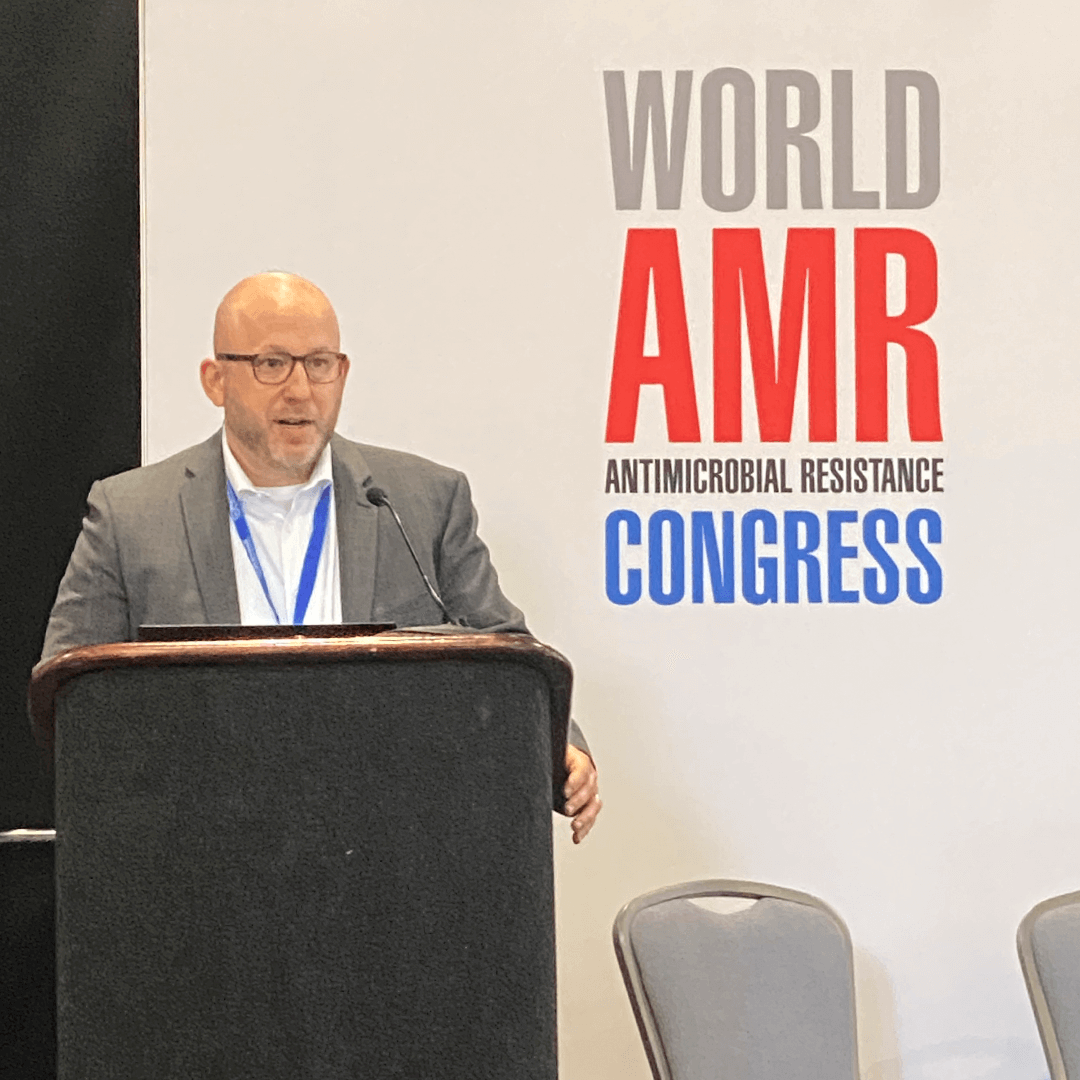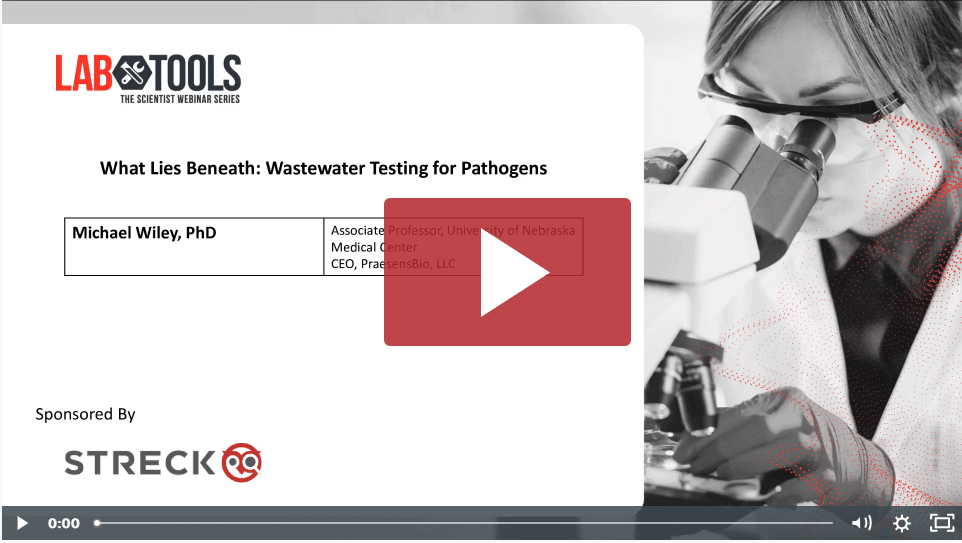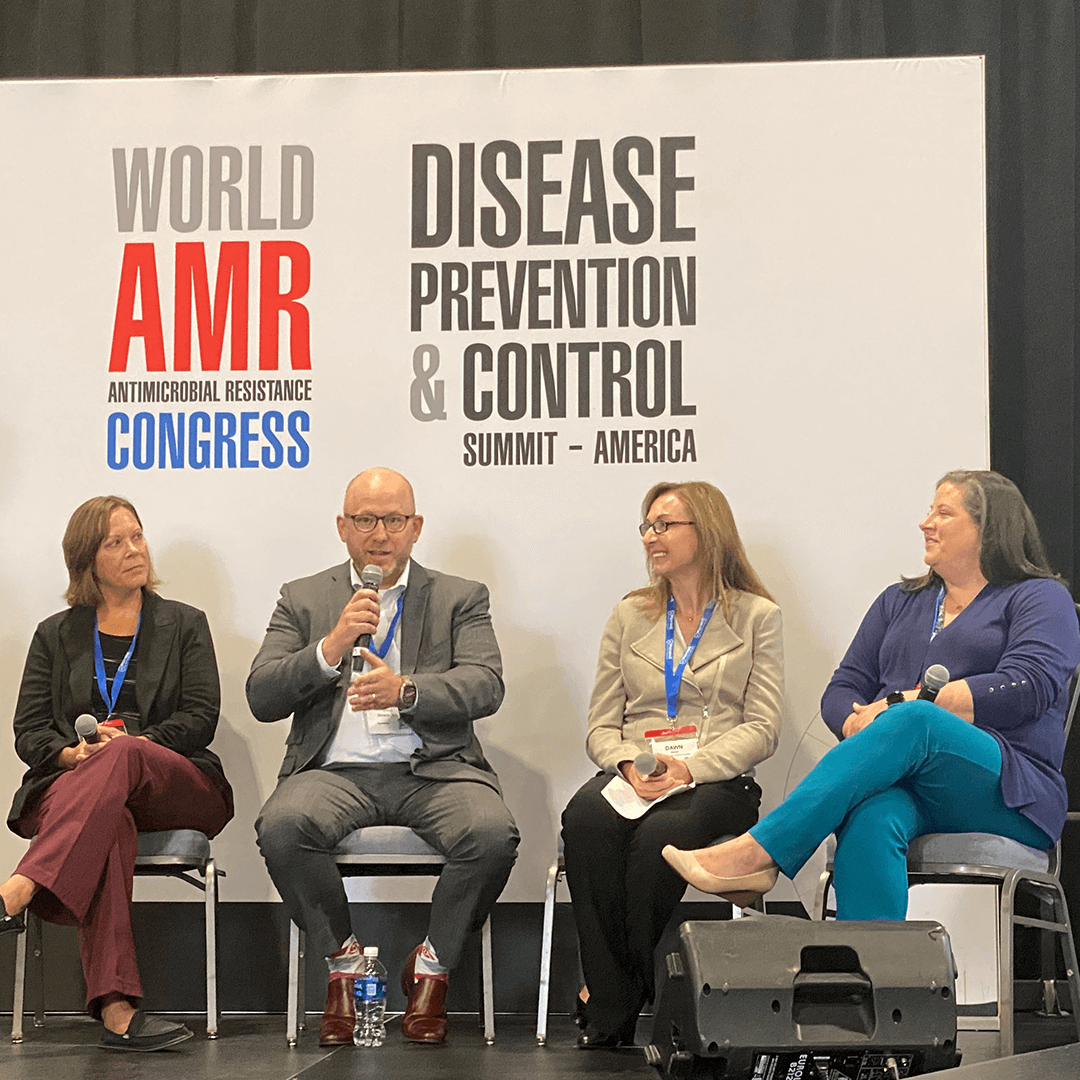Researchers deem Streck ARM-D Kit effective
In work recently published in the Journal of Global Antimicrobial Resistance, a team of researchers shared the results of a years-long study of Streck…
Read More Our very own Dr. Chris Connelly, Director of R&D, was asked to participate in a panel on wastewater surveillance at the World Anti-Microbial Resistance Conference 2023. He sat down to recount some of the most important parts of the panel.


Looking to learn more about WBE? Check out the webinar, “What lies beneath: Wastewater testing for pathogens”




Notifications